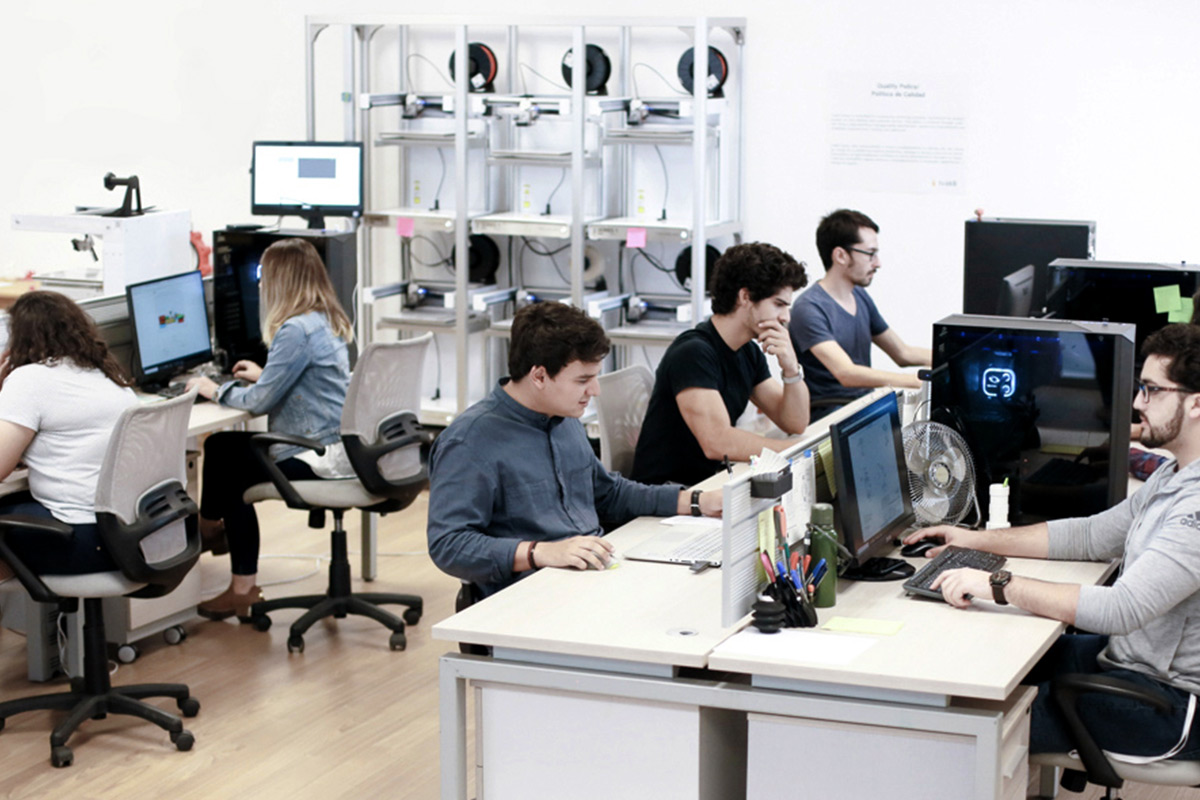
Research on Materials Suitable for the Series 1 Pro
Written by Joanna Carbajal
At Ivaldi, we are continually conducting research that will help us excel in the maritime spare parts industry. We recently conducted a study where we tested selected materials that were suitable for the Series 1 Pro. We compared three different materials: PLA ++, Nylon, and Polyflex, and we did the following tests: overhang, bridging, sphere, tolerance, and strength test.
The overhang test shows what angle we can print without the need for support material. In our study, we concluded that such an angle was between 25-35 degrees from the horizontal axis. Limiting the need for support materials means that we will spend less time with post-processing minimizing cost per part.
The bridging test shows how long of a piece we can print before the material starts to separate from the rest of the part. The result was that we can print up to a 40mm piece. Anything after 40mm begins to separate. It’s important to know our printing size limit. When we have a bigger piece, we can divide such piece into smaller pieces.
The sphere test shows whether or not we can create smooth surfaces and if we can print an actual sphere instead of an ellipse. We couldn’t print any perfect spheres, but we were able to print smooth surfaces.
Tolerance test. We discovered how small of a gap we could print until the cylinders don’t move. For this, we were comparing normal PLA with a PLA ++. With the PLA ++, we were able to achieve a tolerance of .15mm. With the PLA, we achieved a .4mm tolerance in the gauge test. This study shows that we can print accurate surfaces and rotate a part.
Strength assessment. In this test, we investigated the effects of wall thickness and how it relates to the overall strength of a part. We printed numerous parts with varying degrees of wall thickness and infill densities. We concluded that in some cases, it might be beneficial to increase the wall thickness as opposed to increasing the infill density.
These tests are all part of the larger body of research we are generating to identify and optimize part speed, quality and cost variables with the specific solutions we will be using in our micro-factories.
Our ambition to serve the maritime spare parts industry incites us to continue our research in filament, quality control and other aspects of additive manufacturing. Through dedication, research and creative thinking, we will continue to bring solutions to real-world problems.
